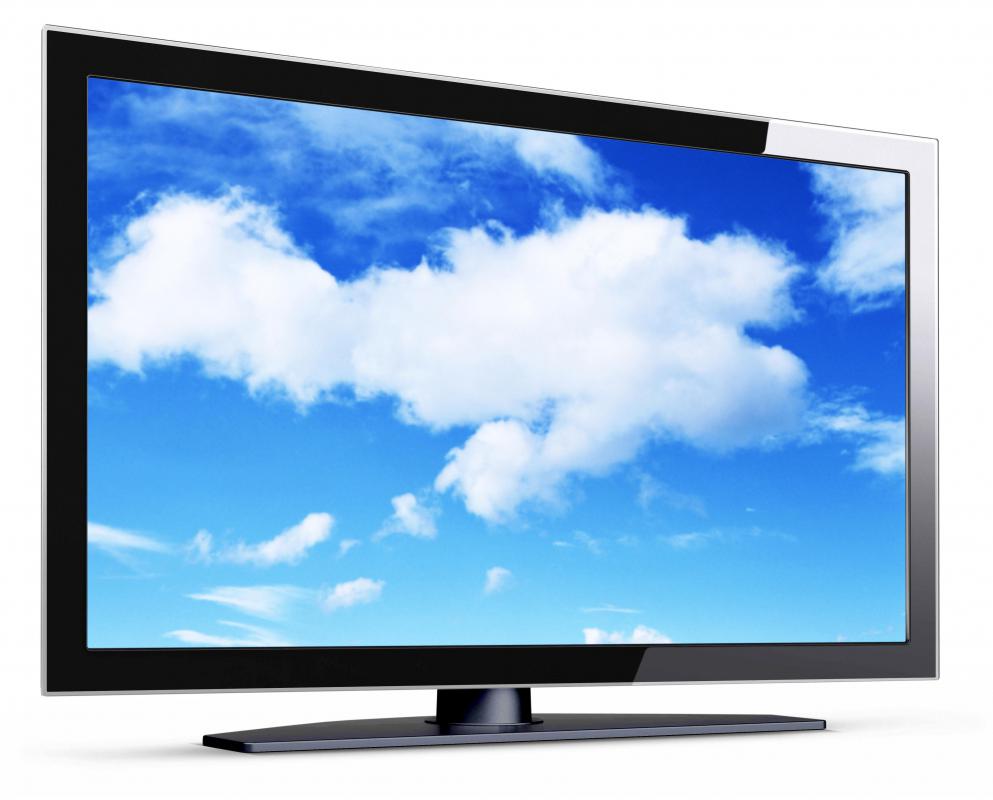At WiseGEEK, we're committed to delivering accurate, trustworthy information. Our expert-authored content is rigorously fact-checked and sourced from credible authorities. Discover how we uphold the highest standards in providing you with reliable knowledge.
How Do I Do TV Calibration?
Basic TV calibration involves adjusting the brightness, colors, and contrast of the television set according to the viewer's liking. These processes can all be done manually via controls present on the TV or on the remote. By manipulating the three measures along with hue, saturation, and other options, users can get the effect they want. More professional TV calibration will require a specific set of tools, including, but not limited to, a color analyzer, color-filtering glasses, and a calibration video. Each of these specialized tools has its own uses and will allow a user to get the ideal settings for his set.
Most television sets have a "Menu" or equivalent button on the set itself or on the remote control. Pressing it will open up a menu on the screen, which will then allow access to television (TV) calibration options via "Video Settings" or a similar item. Users will find several options to alter the display to their liking, including screen positioning and display aspects. Some TVs will also have pre-set calibrations for specific programming: a "Movie" setting, for example, might have lower screen brightness, while a "Sports" setting might have more highly-saturated coloration.

If the user chooses to perform a custom TV calibration, he will need to adjust several display settings on the television according to his liking. Brightness is often the first consideration, as this increases or decreases the amount of light projected by the television set. Brightness should always allow maximum visibility while minimizing eye strain. The next adjustment TV owners usually make is the contrast, which determines how much colors stand out from each other. This often goes hand in hand with adjusting sharpness, which controls the definition of the shapes on the television.

It is often more difficult to calibrate television sets' colors, as the perception of these is affected by a variety of factors. Users can adjust the hue and tint, which control the screen's dominant color and uses it as a baseline for scaling all other colors. Tweaking saturation, on the other hand, will either increase or decrease the intensity of the colors according to the user's preferences.

Some experts recommend using a color analyzer to properly calibrate a TV's colors. These devices measure the temperature of each different color and indicate whether or not the settings are ideal. Color analyzers are often used along with a TV calibration video, which is a still screen comprised of colored bars and blocks of neutrals. The TV calibration video allows users to view colors unaffected by movement, which aids in the calibration process. Color-filtering glasses, on the other hand, account for color-casts created by ambient light.
AS FEATURED ON:
AS FEATURED ON:















Discuss this Article
Post your comments